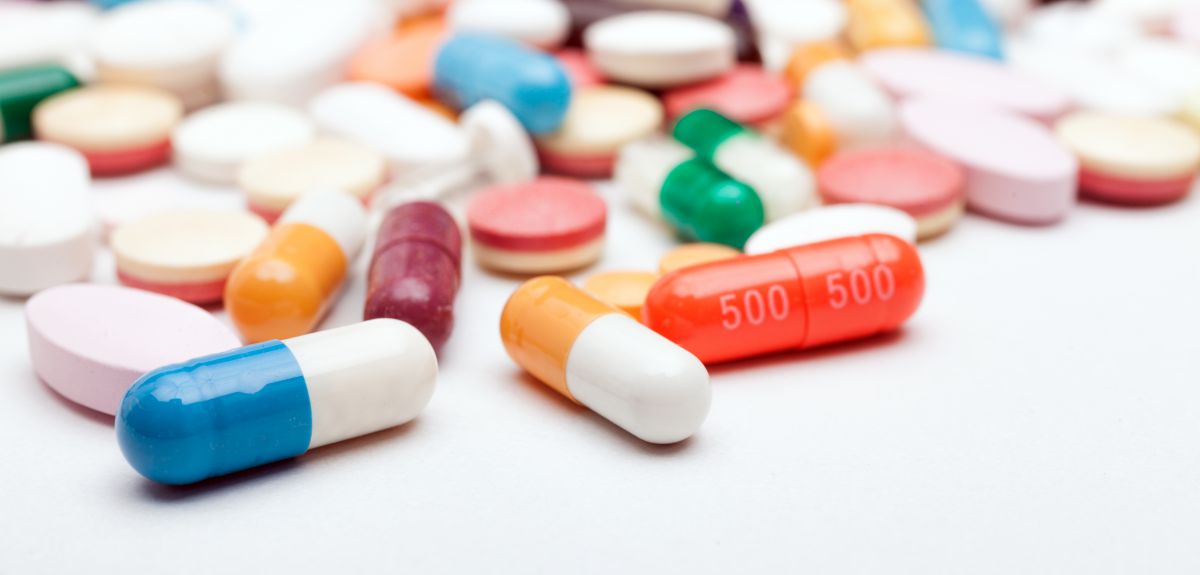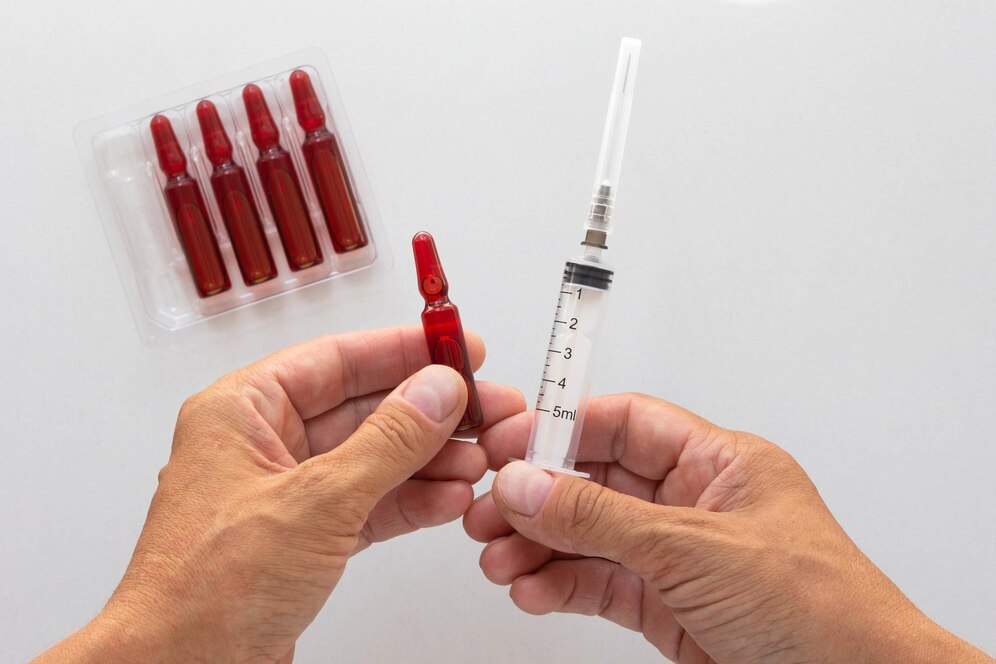Modern medicine has revolutionized healthcare by introducing life-saving drugs that prevent, treat, and cure diseases that were once fatal. These medications play a crucial role in improving life expectancy, enhancing the quality of life, and combating deadly illnesses. From antibiotics to cancer treatments, life-saving drugs have had a profound impact on global health.
The Importance of Life-Saving Drugs
Life-saving drugs are essential because they target severe and often life-threatening conditions. These medications can stop infections, regulate chronic diseases, or eliminate harmful cells from the body. Many of these drugs have been developed through years of research and scientific advancements, often transforming diseases that were once considered death sentences into manageable conditions.
Antibiotics: The Cornerstone of Infection Control
One of the greatest discoveries in medicine is antibiotics, which have saved millions of lives by treating bacterial infections. Before antibiotics, bacterial infections like pneumonia, tuberculosis, and sepsis were among the leading causes of death. Penicillin, the first widely used antibiotic, was discovered by Alexander Fleming in 1928 and revolutionized the treatment of bacterial diseases. Today, antibiotics such as amoxicillin, azithromycin, and ciprofloxacin continue to combat infections and prevent complications.
However, antibiotic resistance has become a significant concern. The overuse and misuse of antibiotics have led to bacteria evolving resistance, making infections harder to treat. Scientists and pharmaceutical companies are working to develop new antibiotics and alternative treatments to combat resistant bacteria. Lamivudine distributor provide this important antiviral medicine to help treat HIV and hepatitis B, ensuring better health for patients.
Cancer Treatments: Targeting the Uncontrollable Growth
Cancer is one of the leading causes of death worldwide, but life-saving drugs have significantly improved survival rates. Chemotherapy, targeted therapy, and immunotherapy are some of the most effective cancer treatments.
Etoposide, for example, is a chemotherapy drug used to treat lung cancer, testicular cancer, and leukemia. It works by interfering with the DNA of cancer cells, preventing them from multiplying. Other breakthrough cancer drugs include imatinib (used for chronic myeloid leukemia), trastuzumab (for breast cancer), and pembrolizumab (an immunotherapy drug for multiple cancers).
Immunotherapy, a newer approach, helps the body’s immune system recognize and attack cancer cells. Drugs like nivolumab and ipilimumab have shown remarkable success in treating melanoma and lung cancer, offering hope to patients with advanced diseases.
Cardiovascular Drugs: Protecting the Heart and Blood Vessels
Cardiovascular diseases, such as heart attacks and strokes, are leading causes of death worldwide. Fortunately, life-saving drugs can prevent and manage these conditions.
Statins, such as atorvastatin and rosuvastatin, reduce cholesterol levels and prevent heart disease. Blood thinners like warfarin and rivaroxaban lower the risk of blood clots, reducing the chances of stroke. Beta-blockers, such as metoprolol, help control high blood pressure and prevent heart attacks. These drugs have drastically reduced mortality rates and improved the quality of life for heart patients.
Insulin and Diabetes Medications: A Lifeline for Millions
Diabetes is a chronic disease affecting millions of people worldwide. Without proper treatment, diabetes can lead to severe complications, including kidney failure, blindness, and heart disease.
Insulin is one of the most critical life-saving drugs for people with diabetes, particularly those with type 1 diabetes. Discovered in 1921, insulin allows people to regulate their blood sugar levels and avoid life-threatening complications. Other diabetes medications, such as metformin, sulfonylureas, and SGLT2 inhibitors, help manage type 2 diabetes and prevent complications.
Antiviral Medications: Fighting Deadly Viruses
Viruses have been responsible for some of the deadliest pandemics in history, but antiviral drugs have helped control their spread and severity.
HIV/AIDS, once considered a fatal disease, is now manageable thanks to antiretroviral therapy (ART). Drugs like tenofovir, efavirenz, and dolutegravir suppress the virus, allowing people with HIV to live long, health lives. Similarly, antiviral drugs like oseltamivir (for influenza) and remdesivir (for COVID-19) have helped reduce the severity of viral infections.
Hepatitis C, another life-threatening viral infection, can now be cured with direct-acting antiviral drugs such as sofosbuvir and ledipasvir. These drugs have transformed hepatitis C from a chronic, life-threatening condition into a curable disease.
Emergency Medications: Saving Lives in Critical Situations
Some life-saving drugs are used in emergencies to prevent sudden death.
Epinephrine, commonly known as adrenaline, is used to treat severe allergic reactions (anaphylaxis). It helps open airways and improve blood circulation, preventing fatal outcomes. Naloxone, another emergency drug, reverses opioid overdoses by blocking the effects of opioids on the brain. This medication has saved countless lives during the opioid crisis.
Other emergency drugs, such as atropine (for heart rate abnormalities) and tissue plasminogen activators (for stroke treatment), are essential in saving lives during medical emergencies.
Vaccines: The Ultimate Preventative Medicine
While not traditionally considered “drugs,” vaccines are among the most life-saving medical interventions. They prevent diseases before they occur, reducing mortality rates from infections like measles, polio, and influenza.
Vaccines have eradicated smallpox and significantly reduced cases of polio and diphtheria worldwide. The development of COVID-19 vaccines helped control the pandemic and saved millions of lives. Future advancements in vaccine technology, including mRNA vaccines, offer hope for combating emerging infectious diseases.
Read more: Specialitymedz
The Future of Life-Saving Drugs
As medical research continues to advance, new life-saving drugs are being developed to target previously untreatable conditions. Gene therapy, personalized medicine, and biologics are opening new possibilities for treating genetic disorders, rare diseases, and chronic illnesses.
Artificial intelligence and biotechnology are also playing a role in drug discovery, speeding up the development of new medications. With ongoing research and innovation, the future of medicine holds even greater potential for saving lives and improving global health.
Conclusion
Life-saving drugs have transformed healthcare by providing treatments for deadly diseases, extending life expectancy, and improving quality of life. From antibiotics and cancer therapies to diabetes medications and emergency drugs, these medications have had a profound impact on millions of lives. While challenges like drug resistance and access to medications remain, continued scientific advancements and global efforts are ensuring that life-saving drugs remain available to those in need.
By investing in research, improving healthcare systems, and ensuring equitable access to essential medications, we can continue to save lives and enhance global health for future generations.













